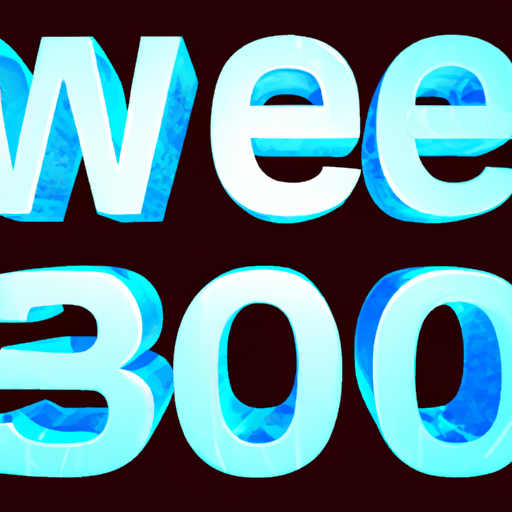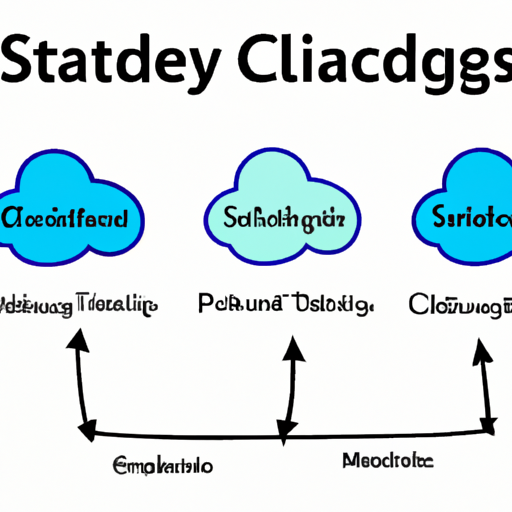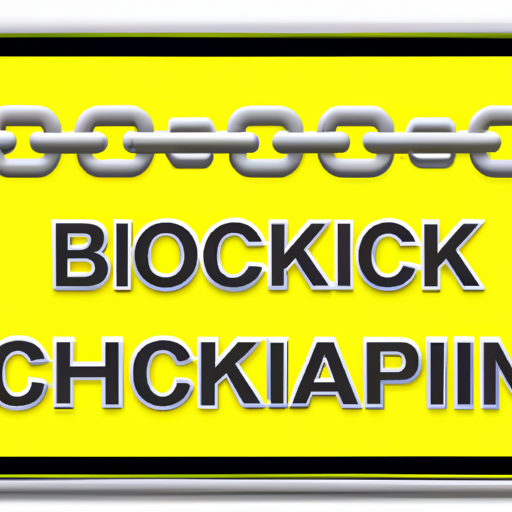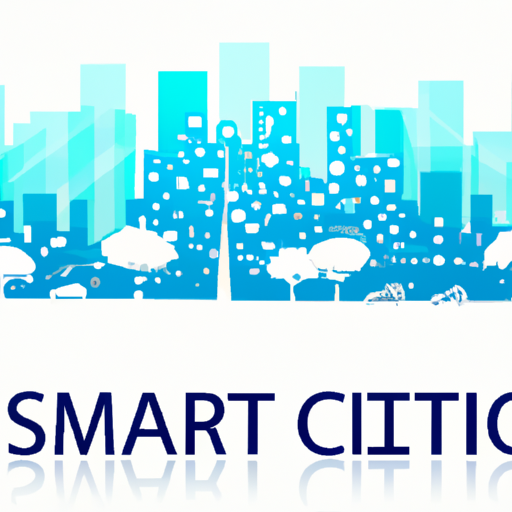As we stand at the cusp of a significant technological shift, Web 3.0 emerges as a beacon of innovation and progress. Promising to reshape the digital landscape, Web 3.0 emphasizes decentralization, enhanced user privacy, and the integration of blockchain technologies.
What is Web 3.0?
Web 3.0 represents the third generation of the internet. Unlike its predecessors, which were largely centralized and dominated by a few major companies, the new paradigm aims to create a more decentralized web where users reign supreme. This shift allows individuals to control their own data, engage in peer-to-peer transactions, and participate in a trustless ecosystem.
Key Features of Web 3.0
- Decentralized Applications (dApps): These applications run on blockchain networks rather than relying on centralized servers, providing enhanced security and transparency.
- Smart Contracts: Enforced through code on the blockchain, these contracts automatically execute transactions when predetermined conditions are met, eliminating the need for intermediaries.
- User Ownership: With the introduction of tokenization, users can truly own their digital assets, including cryptocurrencies and NFTs.
- Interoperability: Web 3.0 promotes seamless interactions between different platforms and services, allowing for a more cohesive digital experience.
- Enhanced Privacy: Users have control over their personal data, reducing the risk of breaches and misuse by centralized entities.
The Role of Blockchain
At the heart of Web 3.0 lies blockchain technology. This decentralized ledger system not only ensures transparency and security but also enables the creation of trustless environments for various applications. From financial transactions to supply chain management, blockchain’s potential is vast and revolutionary.
The Impact on Industries
The shift to Web 3.0 is poised to disrupt multiple sectors, including finance, real estate, and content creation. Enterprises are increasingly adopting blockchain solutions to enhance efficiency and trust. For instance, the rise of decentralized finance (DeFi) allows individuals to engage in financial transactions without the need for traditional banks, making financial services more accessible to everyone.
The Future of the Internet
As we transition into this new era, the implications of Web 3.0 extend far beyond technology; they challenge our perceptions of value, trust, and economy. The metaverse, a virtual reality space for real-time interactions, will also play a crucial role in this evolution, facilitating an entirely new way to socialize, work, and engage within digital environments.
Conclusion
Web 3.0 is more than just a technological advancement; it is a societal revolution that empowers individuals and promotes innovation. As this new phase of the internet unfolds, staying informed and adaptable will be essential for leveraging the opportunities it presents. Embrace the change, and prepare for a more decentralized and user-centric web experience!
Stay tuned for more updates on the evolving landscape of the internet and the exciting developments surrounding Web 3.0.




